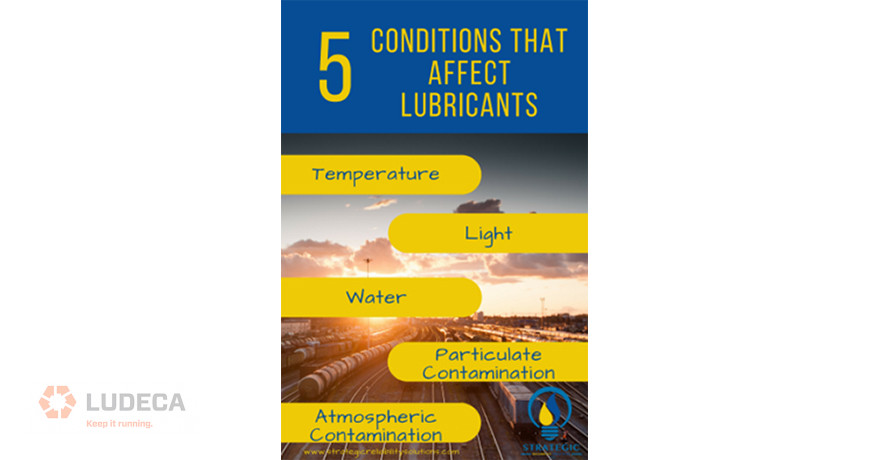Addressing the storage & handling challenge (Part 3)
In our previous articles, we covered understanding contamination and the role of storage and handling. For the last part of this series, we will talk about addressing the challenge of storage and handling of lubricants.
Factors that affect lubricant degradation
Storage and handling are one of the areas of lubrication which can be easily addressed. There are simple steps that a site can perform to ensure that their lubricants do not contribute to unwanted downtime or loss in production. There are 5 factors that can affect the degradation of a lubricant as it relates to storage and handling. These are;
- Temperature – one of the rules of thumb within the industry is that for every 10°C rise in temperature above 40°C, the life of the lubricant is essentially halved. Imagine storing lubricants outside in temperatures of more than 40°C or even in a closed warehouse where temperatures get to that value!
- Light – sometimes, light can lead to the oxidation of light-sensitive lubricants like transformer oils.
- Water – the presence of water in any lubricant is never a good sign. These can cause additive depletion and in the case of transformer oils may lead to conducting electricity!
- Particulate Contamination – as seen in the previous articles, contamination by particles can occur during the handling of lubricants (decanting them into dirty containers) or even if the lids of the lubricant packages are left open for extended periods.
- Atmospheric Contamination – typically, this occurs if the packaging is left open. This usually promotes some form of oxidation which can eventually affect the functionality of the lubricant.

Storage & Handling Solutions
Warehouses should ensure that lubricants are not stored outside in the elements. If there is no alternative to this type of storage, then the packages should be covered with a tarpaulin or some other covering which can protect the lubricants from light, water, or ingress of atmospheric particles. As mentioned in the second installment of this article, drums should be stored in a 3 o’clock and 9 o’clock position to minimize ingress of water through drum breathing. Or if these have to be stored in the elements ensure that they are covered and protected.
When decanting lubricants, these should always be decanted into clean containers or containers which have not been left open to the atmosphere. For sites that have a number of different lubricants, they can employ a color-coded system whereby lubricants of varying types are given specific parameters. For instance, all hydraulics could be labeled with a yellow triangle as well as the name of the product. It is very important to have at least three identifiable characteristics, in this case, color, shape, and name are used. Should an operator have an issue with being color blind, this should not implicate their choice of the wrong lubricant as there are two other remaining verifications.
Another critical note would be to ensure that lubricants are not left open and exposed to the environment. For those who have been left in this state, it is not advisable to use them in the equipment as many contaminants could have entered the lubricant while it was exposed. Often, rags may be used to “clean” the points of application or openings. It should also be ensured that these rags are clean as they can become a transporter of contaminants that can then enter the system. Some easy identification tips for lubricant deterioration can be seen in the image below.

Implementing proper storage and handling techniques can save your equipment and reduce unplanned downtime or production losses. These techniques are simple and not very costly to employ and they can significantly impact the overall production capacity of the entire system. It’s time to invest in implementing proper storage and handling techniques and help your site to become more reliable.
Thank you Sanya Mathura with Strategic Reliability Solutions Ltd for sharing this informative and educational series article with us!
Download our Oil & Grease Storage Best Practices Infographic for some tips to help outline the best practices for proper lubrication storage.
Filed under:
Lubrication by Diana Pereda
